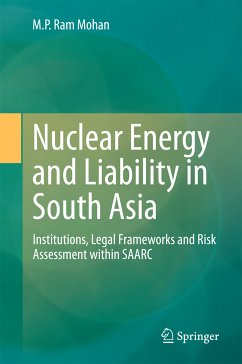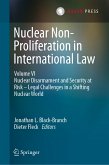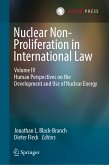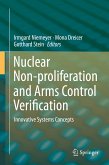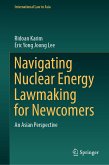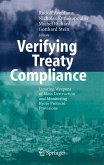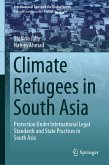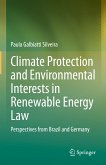This book advocates pursuing a regional approach to nuclear risk framework, which it argues is more promising in the current scenario than the non-achievable global regime. In the development of international legislation on liability, the nuclear energy sector represents an alternative approach to a transboundary liability regime. Building on this foundation and following the Chernobyl accident, international consensus was sought for a stronger transboundary legal regime in the event of a nuclear disaster. However, after sixty years of the existence of international nuclear liability laws and twenty-five years after Chernobyl, the primary objectives of the Conventions - harmonization and a global regime - remain unfulfilled. Further, many countries are now creating or expanding nuclear programs without adequate transboundary legal protection. In light of these issues, a regional approach is an option that cannot be ignored. Given its rapidly expanding nuclear energy footprint, SouthAsia is in a unique position to adopt a regional mechanism. The methodology adopted for the study in the book combines a literature review of international law on nuclear liability with an analysis of South Asian nuclear energy programs and their international and national legal obligations. A technical risk assessment study conducted to identify the level of transboundary nuclear risk within South Asia is also presented. This is followed by interviews with experts and policymakers to gauge the willingness of the South Asian Association for Regional Cooperation (SAARC) community to respond to this shared regional concern.
Dieser Download kann aus rechtlichen Gründen nur mit Rechnungsadresse in A, B, BG, CY, CZ, D, DK, EW, E, FIN, F, GR, HR, H, IRL, I, LT, L, LR, M, NL, PL, P, R, S, SLO, SK ausgeliefert werden.

